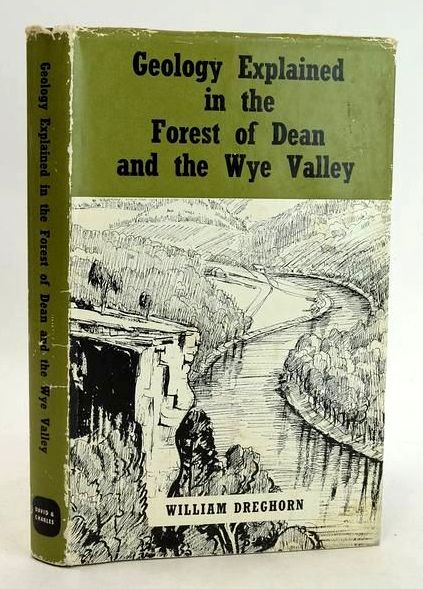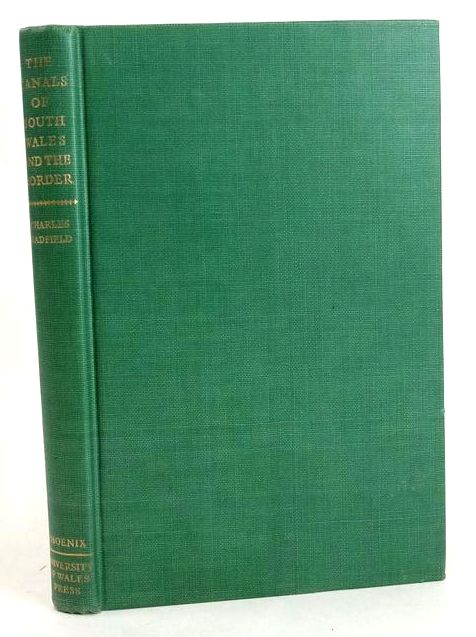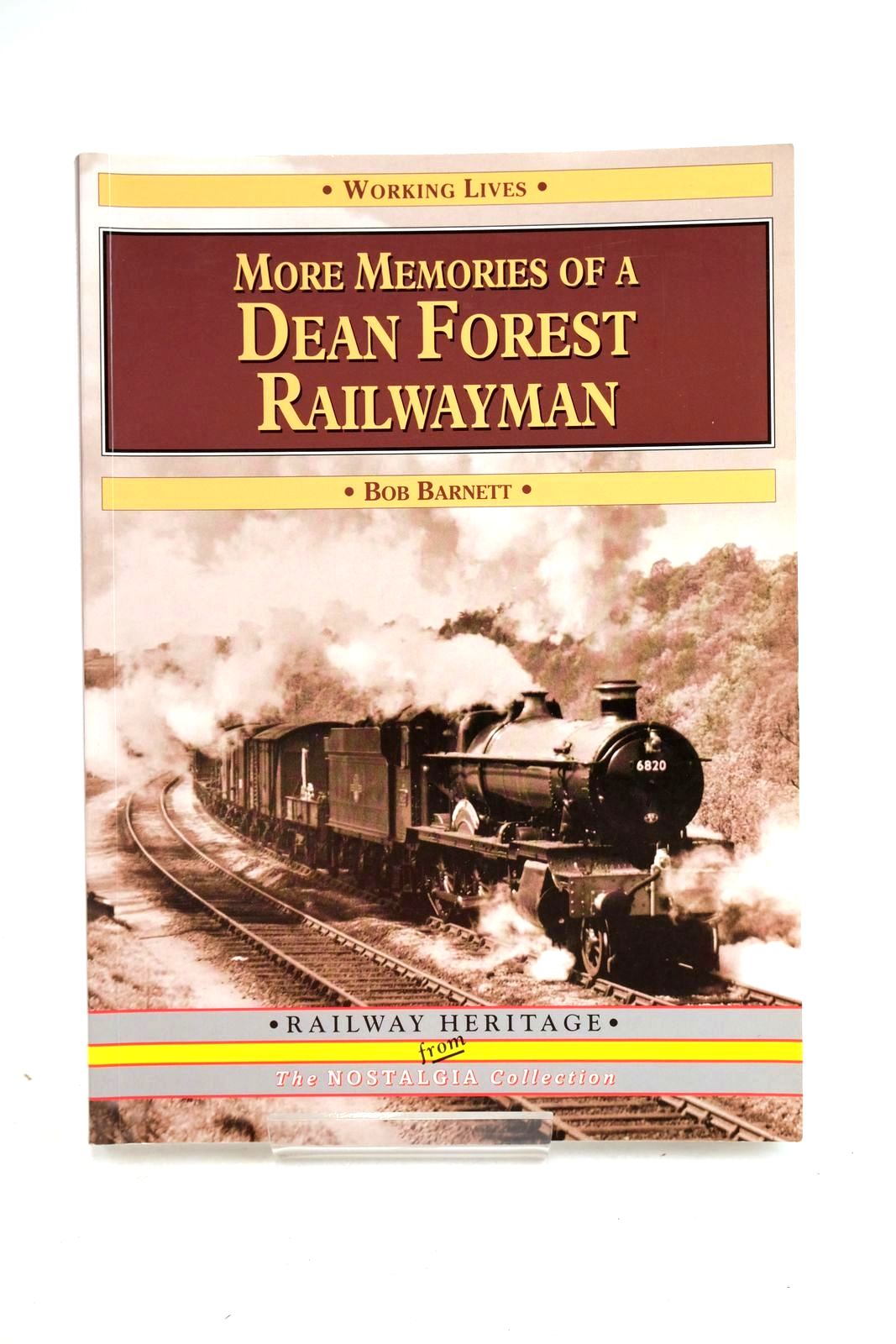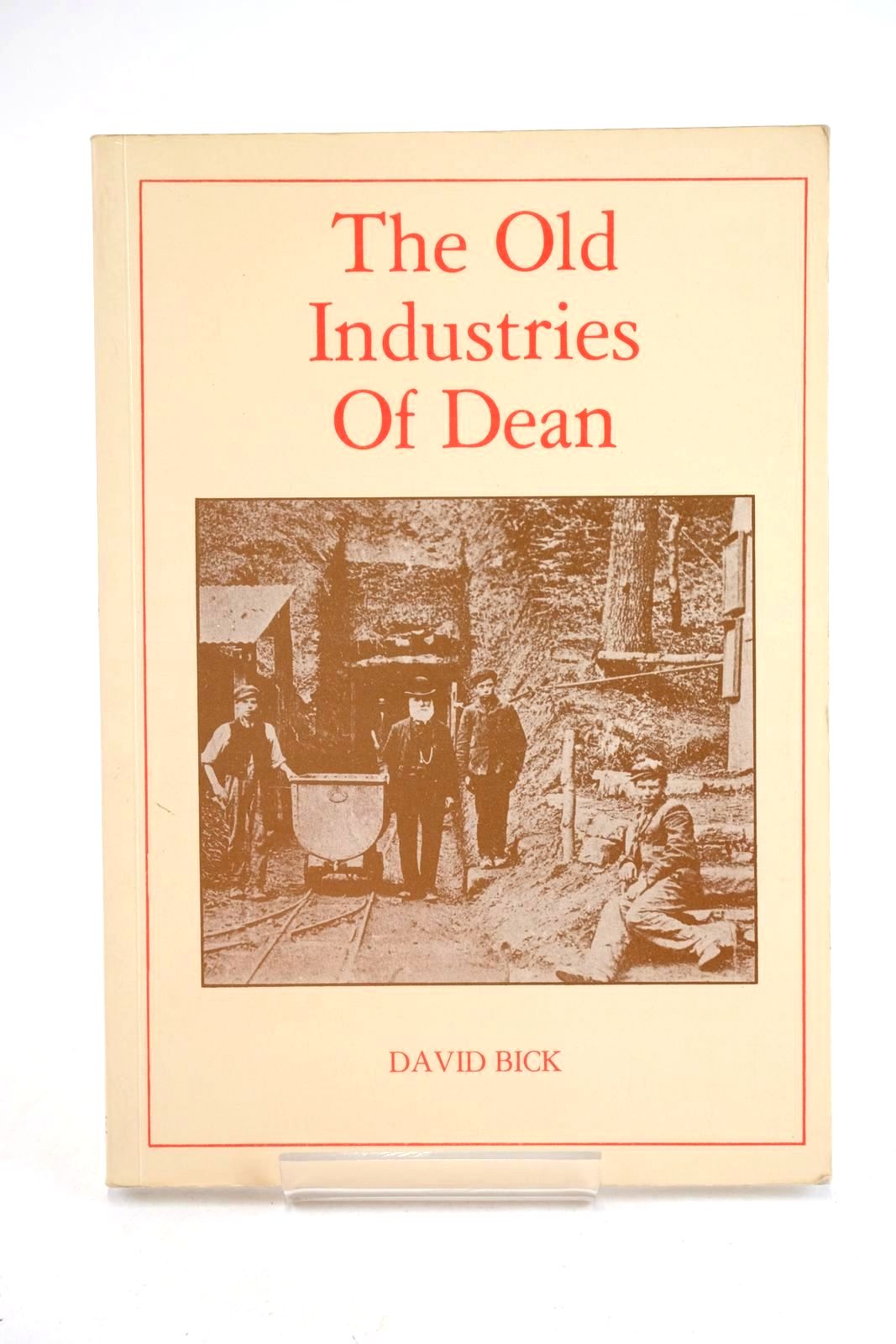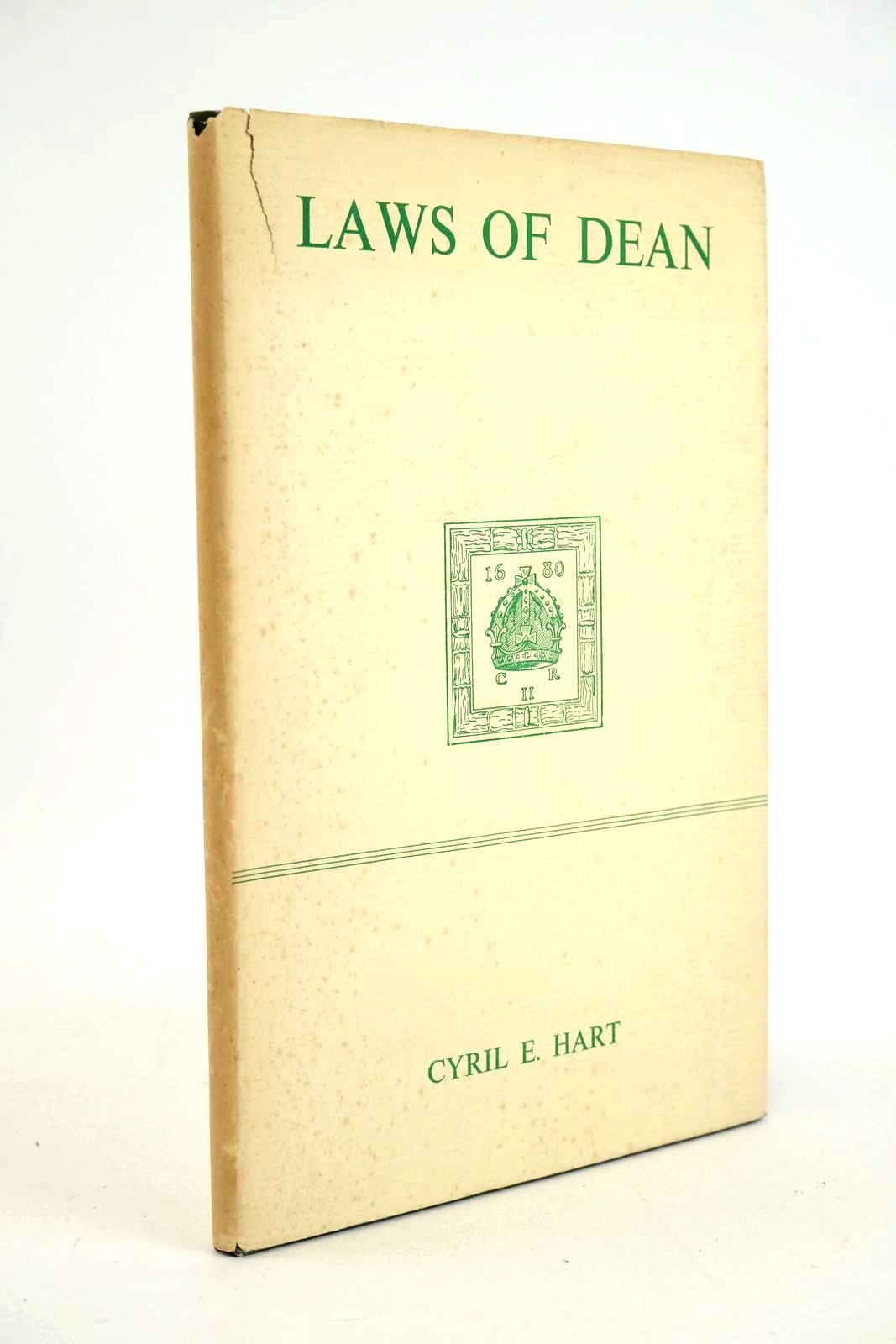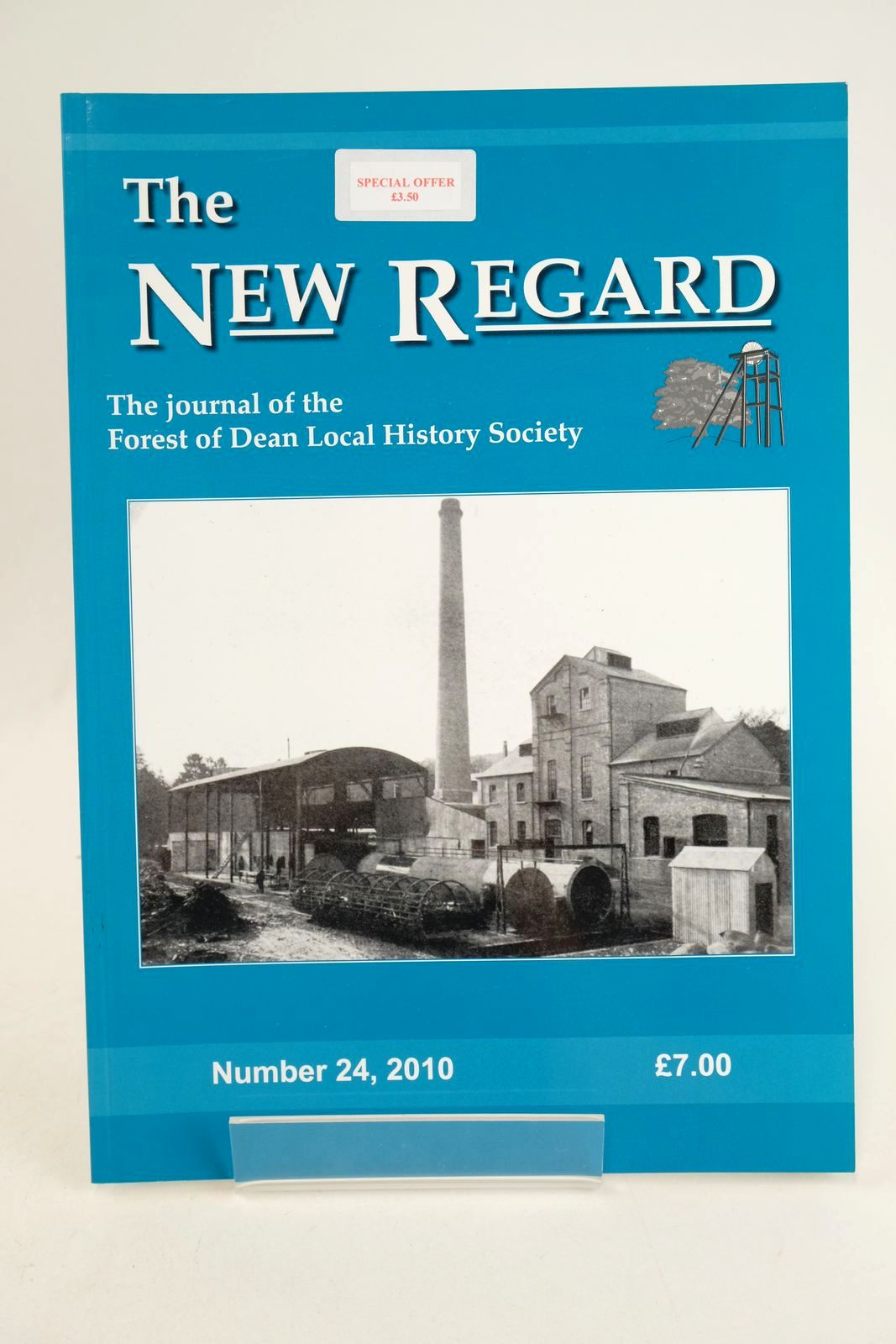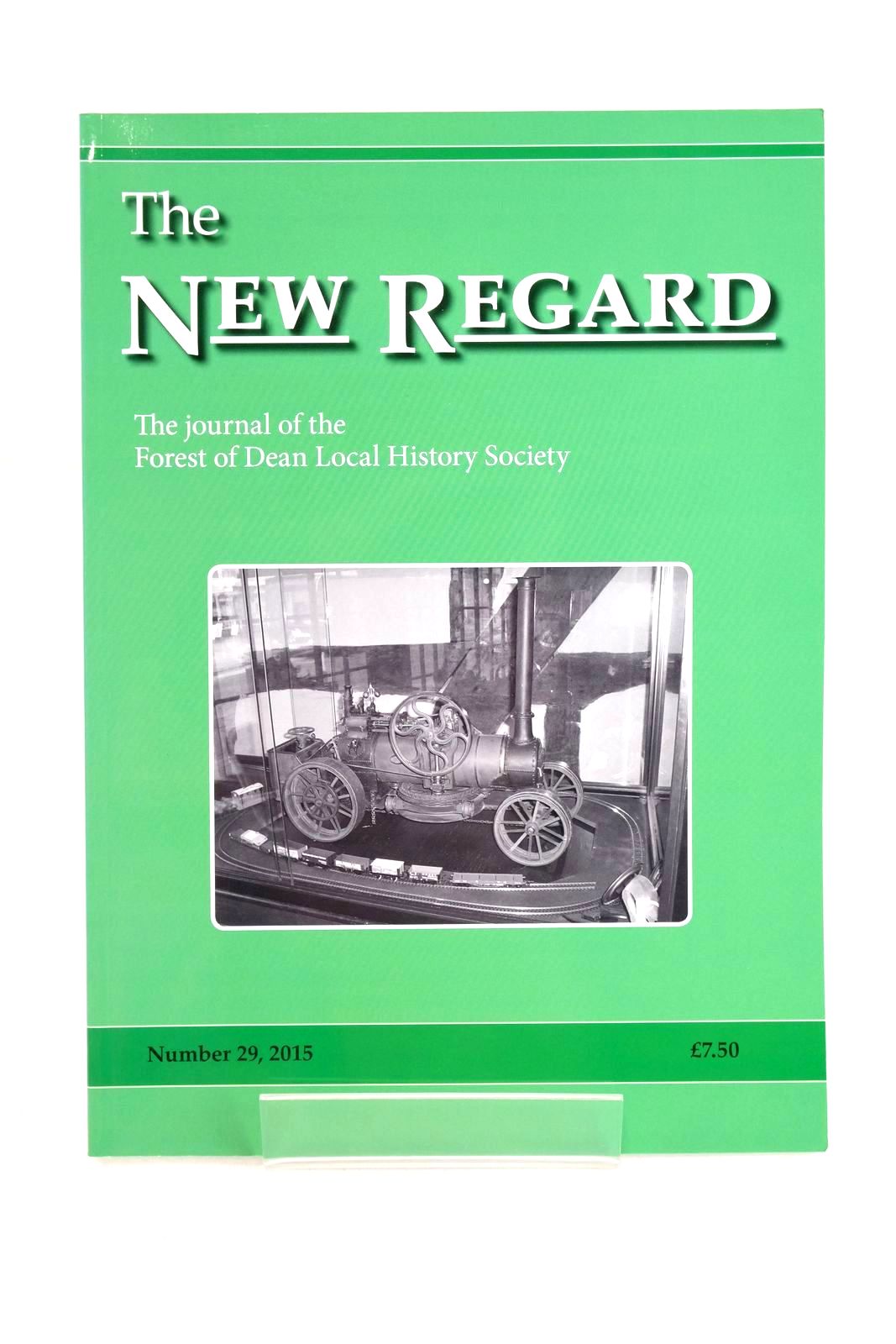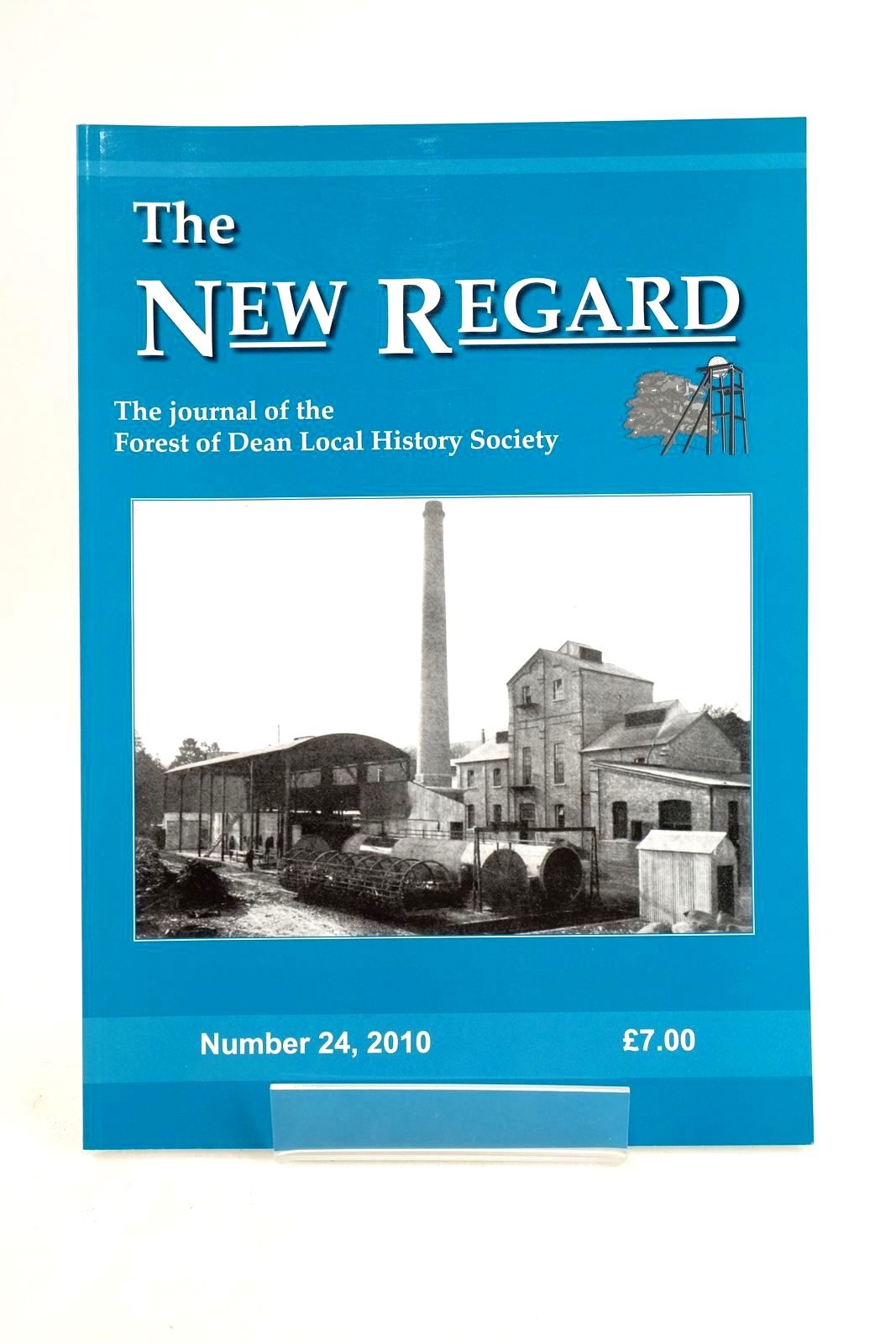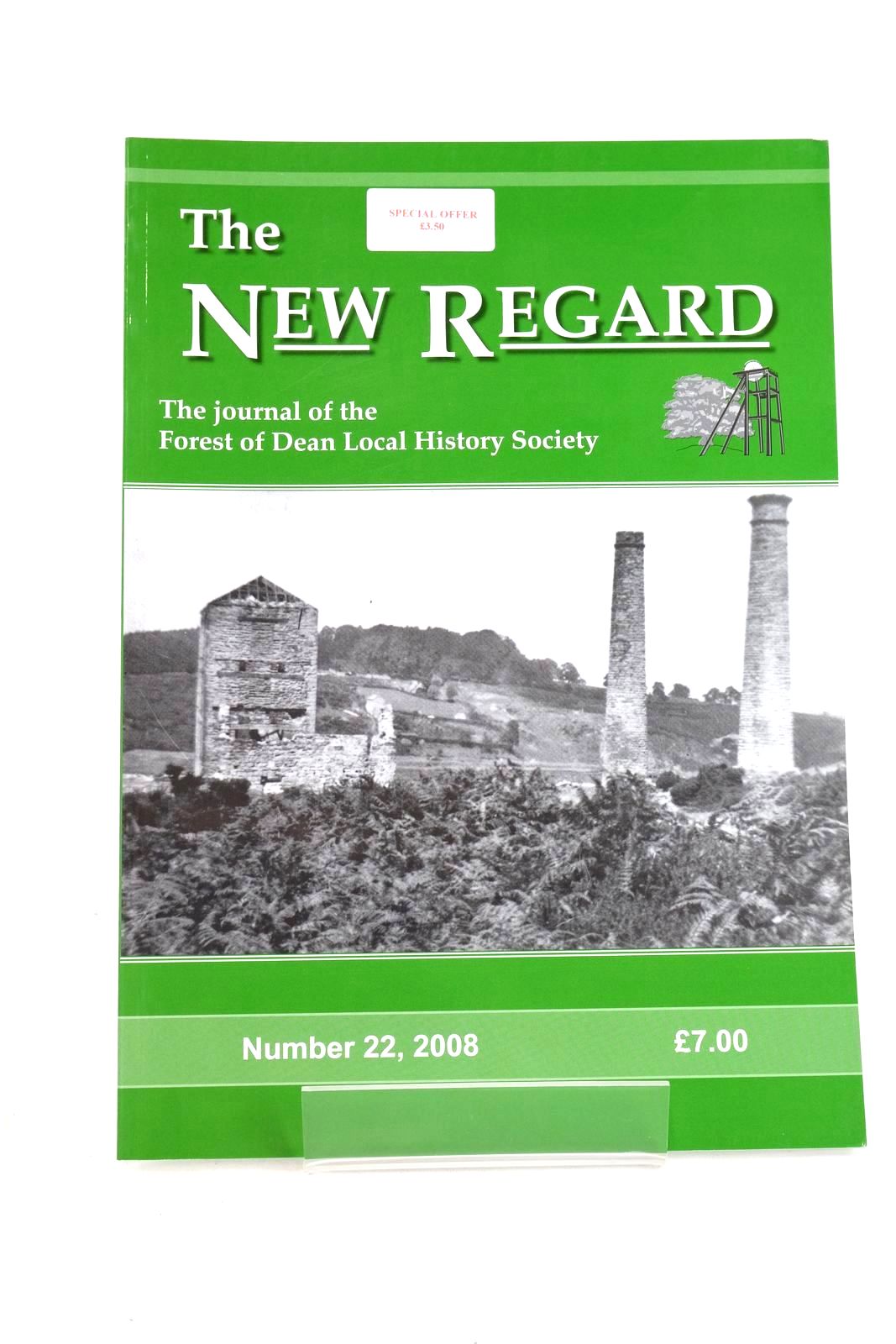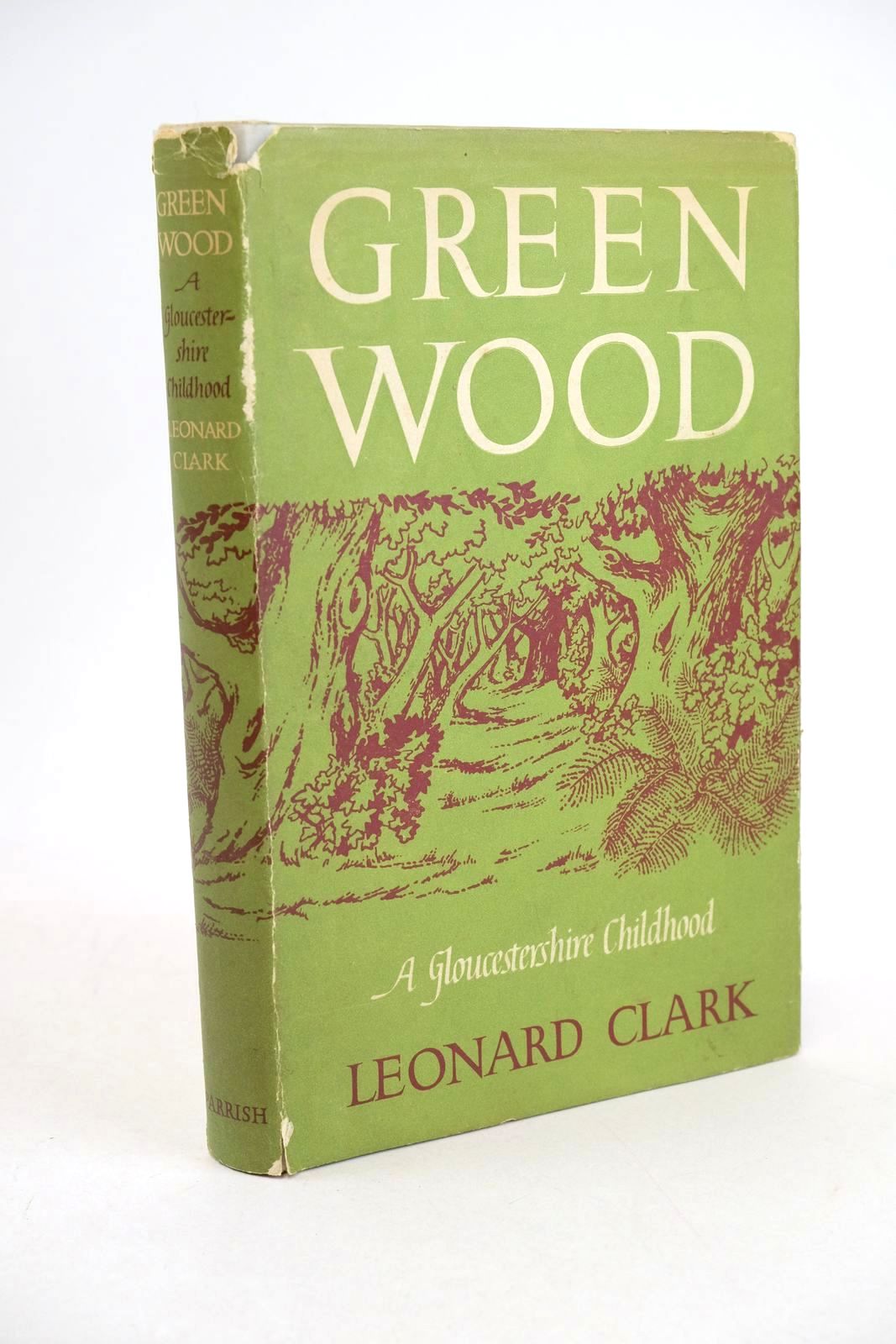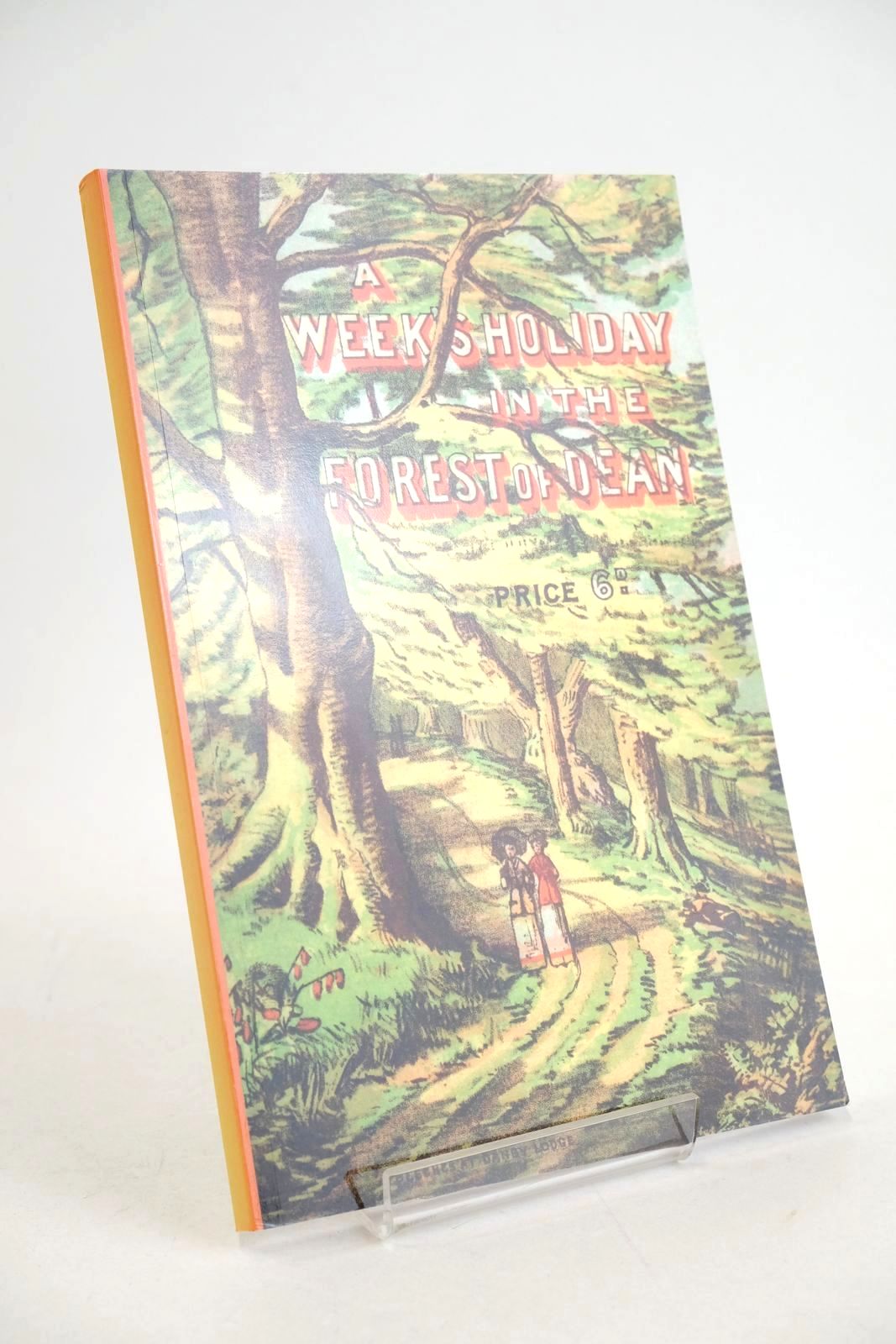A Walk In The Forest of Dean
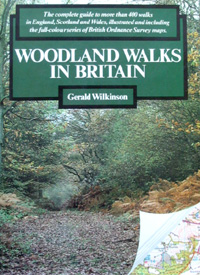 I went on a wonderful walk the other day in The Forest of Dean in Gloucestershire, collecting blackberries for jam making (and eating one or two as I went), being thoroughly uplifted by the sight of so much abundance on our trees this year, with all their shades of colour, and listening to the birds seemingly enjoying their day too.
I went on a wonderful walk the other day in The Forest of Dean in Gloucestershire, collecting blackberries for jam making (and eating one or two as I went), being thoroughly uplifted by the sight of so much abundance on our trees this year, with all their shades of colour, and listening to the birds seemingly enjoying their day too.
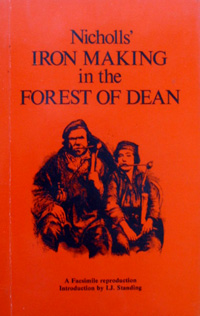 The Forest of Dean, covering an area of fourteen square miles on a peninsula between the rivers Wye and Severn, has much industrial history. A few generations ago it would have looked extremely different with many mines and tramways, not the leafy place it is now. Many residents can still tell tales of their grandfathers and great-grandfathers working in the pits and other industries and, very often, playing in the brass bands, of which there were many. Today brass banding is still strong in the Forest, as are the arts of recital and singing. One such grandfather worked as a postman. He travelled by horse every day from St. Briavels to Gloucester and back again to fetch the mail, where on his return it was sorted and delivered locally. The story goes that if he stopped for more than one pint at lunch time his horse made its own way home, wanting his sustenance too. The same gentleman was fond of saying that other folk worked from 12 noon to 1pm and took an hour for lunch!
The Forest of Dean, covering an area of fourteen square miles on a peninsula between the rivers Wye and Severn, has much industrial history. A few generations ago it would have looked extremely different with many mines and tramways, not the leafy place it is now. Many residents can still tell tales of their grandfathers and great-grandfathers working in the pits and other industries and, very often, playing in the brass bands, of which there were many. Today brass banding is still strong in the Forest, as are the arts of recital and singing. One such grandfather worked as a postman. He travelled by horse every day from St. Briavels to Gloucester and back again to fetch the mail, where on his return it was sorted and delivered locally. The story goes that if he stopped for more than one pint at lunch time his horse made its own way home, wanting his sustenance too. The same gentleman was fond of saying that other folk worked from 12 noon to 1pm and took an hour for lunch!
As you walk in the Forest you come across its industrial history, very often with collapsed mine shafts and wonderful ventilation chimneys standing proudly still, intriguing tunnels with blocked entrances. In contrast, some places have been preserved such as Darkhill Ironworks near Parkend. Puzzle Wood, Clearwell Caves and Hopewell Colliery are all open to the public and are well worth a visit.
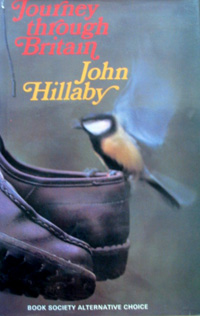 There are still many Freeminers in the Forest today but only two active mines are worked. The Freeminers own their mines and can sell their coal to anyone they choose. It is interesting to see these traditions still ongoing. There are people today very well versed in the ways of the Forest, its customs and unfolding history, foremost among these are Cyril Hart who is the Chief Verderer, appointed by the Queen to oversee the well-being of the Forest, and John Belcher a local historian.
There are still many Freeminers in the Forest today but only two active mines are worked. The Freeminers own their mines and can sell their coal to anyone they choose. It is interesting to see these traditions still ongoing. There are people today very well versed in the ways of the Forest, its customs and unfolding history, foremost among these are Cyril Hart who is the Chief Verderer, appointed by the Queen to oversee the well-being of the Forest, and John Belcher a local historian.
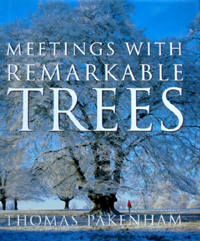 At The Dean Heritage Centre, Soudley, there is a wonderful collection of artefacts and many local histories, including an archive of verbal and written histories. People who are interested in their family background can even give a little blood for DNA testing in relation to their ancestry in the Forest .
At The Dean Heritage Centre, Soudley, there is a wonderful collection of artefacts and many local histories, including an archive of verbal and written histories. People who are interested in their family background can even give a little blood for DNA testing in relation to their ancestry in the Forest .
There are many historically interesting places to stay in the Forest should you wish to visit, ranging from St. Briavels Castle, now a Youth Hostel, to Speech House Hotel with its nearby arboretum, and everything in between.
Also, uniquely in the Forest , we have free-roaming sheep. There is division as to the rightness in these days of the motor car in keeping this ancient tradition alive. During the foot and mouth epidemic of recent years all the Forest Sheep were rounded up, slaughtered and burned. The smell was horrendous and the sight of the funeral piles was vivid. There was much discussion as to whether to bring them back or not. But now they are back and can be seen browsing along the roadside grass verges and gathered together under the trees.
Part of my walk took me to some quarries where I was able to reach the bottom. It is quite astounding to stand there looking up through all the different layers of geological strata, trying to imagine the time span and all that was buried for millennia now seeing the sun again. There is much human ingenuity in the ways of mining and quarrying both today and in the past.
 I also know of quarries that have been abandoned for many a year but have now been recharged with life - how some of those trees hang on at such wonderful angles I can hardly imagine. There are nests of ravens, jackdaws and kestrels and I've watched squirrels positively bounding along the slimmest of ledges, but also the sad white shapes of the fallen Forest sheep that have strayed too close.
I also know of quarries that have been abandoned for many a year but have now been recharged with life - how some of those trees hang on at such wonderful angles I can hardly imagine. There are nests of ravens, jackdaws and kestrels and I've watched squirrels positively bounding along the slimmest of ledges, but also the sad white shapes of the fallen Forest sheep that have strayed too close.
The Forest of Dean and the Wye Valley are both full of life and archaeological history and I feel extraordinarily lucky to live in one and work in the other. I do so hope that future generations will be able to enjoy our wonderful surroundings and unique planet, it really is quite stunning in all its majesty and variety.
Submitted by Rosemary Hanley.
(Published on 1st Nov 2006 )


